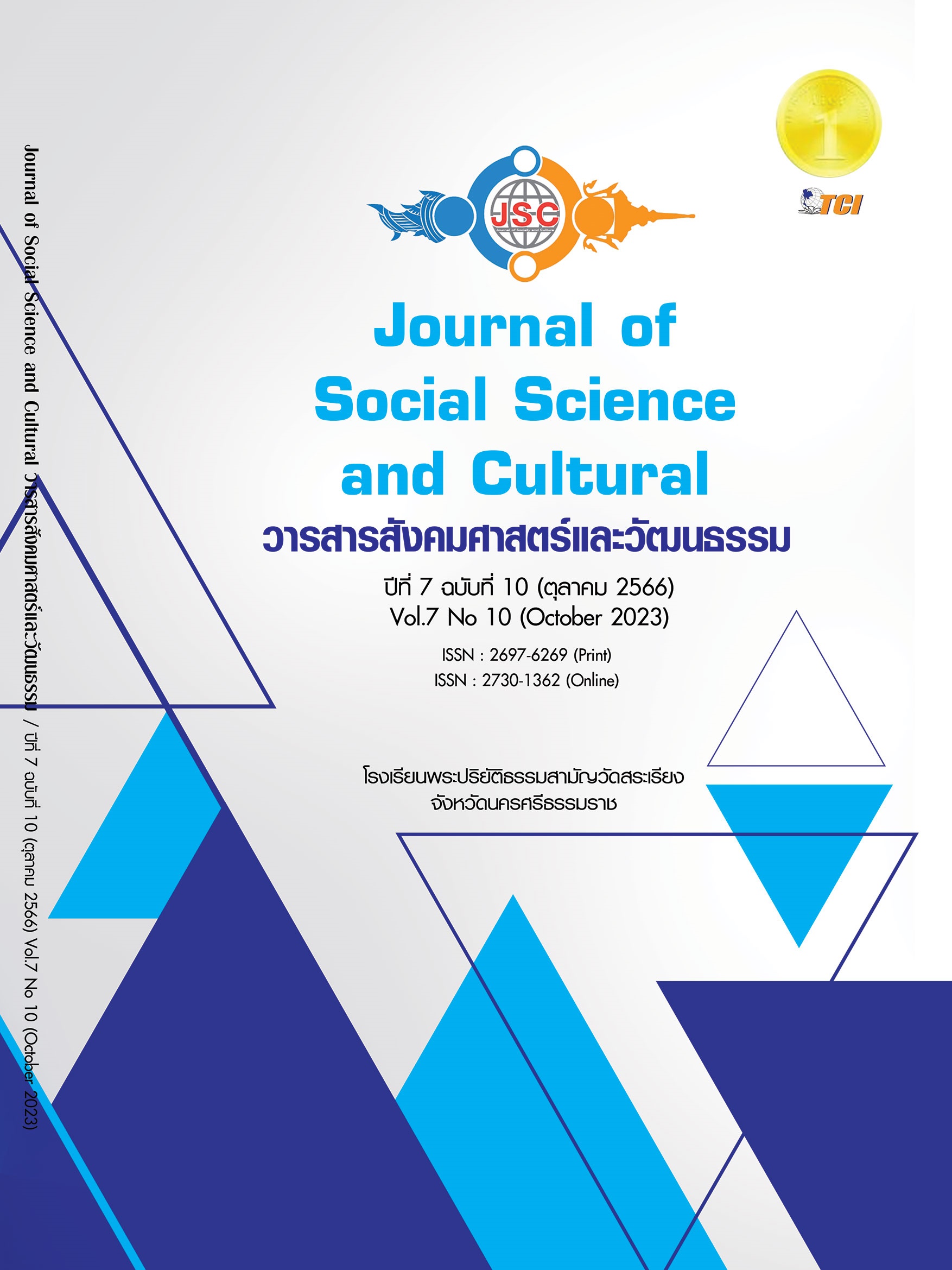MOVING TO CIRCULAR ECONOMY FOR CORPORATE SUSTAINABLE DEVELOPMENT
Main Article Content
Abstract
This academic article aims to propose a guideline for driving corporate circular economy which was studied and synthesized documents and research papers. The paper begins with the blueprint of 17 Sustainable Development Goals (SDGs) addressing the global challenges that mankind is facing. Meanwhile, it indicates how the corporate circular economy is an effective tool for building sustainability and preserving natural resources and environment according to SDGs targets. The paper also explains the differences between the notions of linear economy and the circular economy in reducing environmental impacts. It indicates several strategies for building the circular economy which can be adopted by all companies. However, firms should select strategies appropriately by considering their product life cycles, internal production processes, and organizational contexts and environment. There are 10 R strategies that can be the best fit for firms. The paper provides case studies of circular economy management from prominent organizations. Problems that have hindered the successes of circular economy are mentioned in this article. Those problems come from both internal and external organizations. For the internal factors, most problems are found such as less awareness towards the importance of circular economy, inflexible organizational structure, fault attitude towards circular economy investment, and the problems of business partners. Meanwhile, Laws and regulations, and potential market are external factors impeding the circular economy progress. Finally, the article proposes a guideline for building the corporate circular economy which is composed of six steps as follows: setting the objective and targets, suitably selecting and creating strategies, building awareness for all members of organization, cooperating strategies with business partners, creating marketing communications for customers and seeking incentives programs from government. Those will lead to the successes of managing corporate circular economy.
Article Details
References
ไทยพับลิก้า. (2561). Circular Economy: The Future We Create (3) แนวทางการจัดการขยะเชื่อมโยงCircular Wate Value Chain. เรียกใช้เมื่อ 8 สิงหาคม 2566 จาก https://thaipublica.org/2018/07/scg-circular-economy-the-future-we-create4/
CGRi. (2023). The Circularity Gap Reporting Initiative: a global score for circularity. Retrieved July 20, 2023, from https://www.circularity-gap.world/?fbclid=IwAR1RiDYaJEcbS4iXvQEmbFS 9ykNTEQHP5EjAWc7B-YUMhP1KtEx6KtQ4bdk
Forbes. (2021). The construction industry is getting greener: Why, How, And Wha’s changing? Retrieved July 10, 2023, from https://www.forbes.com/sites/sap/2021/08/25/the-construction-industry-is-getting-greener-why-how-and-whats-changing/?sh=7837affc52bc
Kirchherr, J., et al. (2017). Conceptualizing the circular economy: An analysis of 114 definitions. Resources, conservation and recycling, 127, 221-232. https://doi.org/10.1016/j.resconrec.2017.09.005 .
Kong, A. (2023). Another year for the record books: a recap of the main extreme weather events in summer 2023. Retrieved November 1, 2023, from https://earth.org/another-year-for-the-record-books-a-recap-of-the-main-extreme-weather-events-in-summer-2023/
Liu, Y., & Bai, Y. (2014). An exploration of firms’ awareness and behavior of developingcircular economy: an empirical research in China. Conservation and Recycling, 87, 145-152. https://doi.org/10.1016/j.resconrec.2014.04.002.
Mura, M., et al. (2020). Circular economy in Italian SMEs: A multi-method study. Journal of Cleaner Production, 245, 118821. https://doi.org/10.1016/j.jclepro.2019.118821.
ProSPER. (2023). Circular economy integration for sustainable built environment education. Retrieved July 12, 2023, from https://prospernet.ias.unu.edu/projects/current-projects/circular-economy-integration-for-sustainable-built-environment-education/
Singh, M. P., et al. (2018). Developing an extended theory of planned behavior model to explore circular economy readiness in manufacturing MSMEs, India. Resources,Conservation and Recycling, 135, 313-322.https://doi.org/10.1016/j.resconrec.2017.07.015.
Thaipublica. (2561). Circular Economy: the Future We Create (3) เรียนรู้ประสบการณ์ระดับโลก-ถอดโมเดลองค์กรธุรกิจชั้นนำ. Retrieved สิงหาคม 8 , 2566, from https://thaipublica.org/2018/07/scg-circular-economy-the-future-we-create/
UCLA100. (2023). Climate burgers: breaking down the science of plant-based meat. Retrieved July 11, 2023, from https://100.ucla.edu/impact/breaking-down-the-science-of-plant-based-meat
UNDP. (2023). What are the sustainable development goals? Retrieved July 9 , 2023, from https://www.undp.org/sustainable-development-goals
United Nations. (2023). Sustainable Development Goals. Retrieved July 14, 2023, from https://www.un.org/sustainabledevelopment/sustainable-development-goals/
Weavabel. (2022). What are the drivers and barriers to a circular economy? Retrieved November 1, 2023, from https://www.weavabel.com/blog/what-are-the-drivers-and-barriers-to-a-circular-economy


